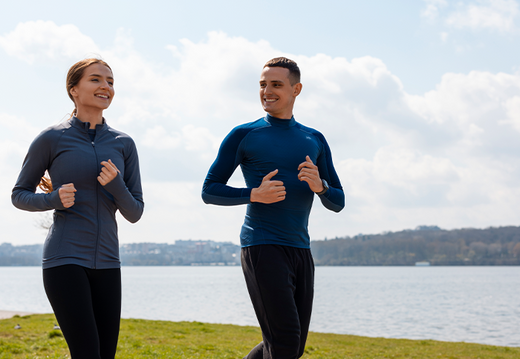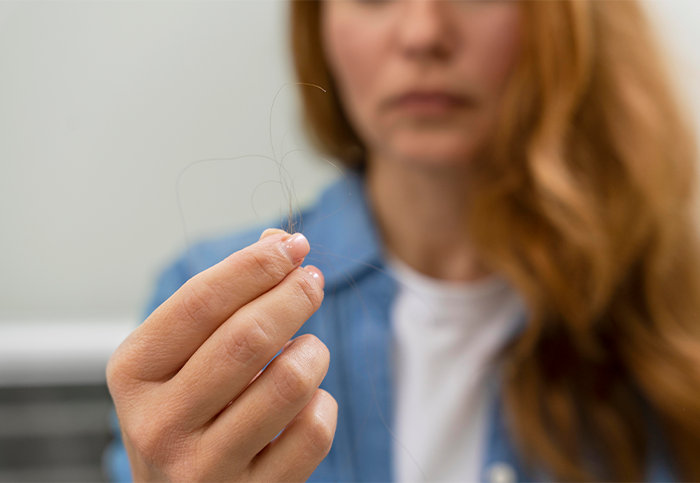Heatstroke – How It Can Be Avoided?
In hot weather, when a healthy person suddenly fades out, is often due to heatstroke. Heatstroke is generally defined as a condition in which extreme exposure to heat leads to a severely dehydrated state of the body. This dehydration, then, causes an unwanted electrolyte imbalance in the body resulting in convulsions and unconsciousness.
Major symptoms of heatstroke
The severity of a heatstroke depends on the degree of symptoms that appear in the affected person. Generally, an attack of heatstroke comes with the following symptoms;
• Raised body temperature, i.e., up to 40 °C in most of the cases.
• No sweating despite the heat
• Nausea and Vomiting
• Seizures or Unconsciousness
• Rapid pulse rate
Although these symptoms may not seem as critical as they sound, when these symptoms occur altogether, can lead to serious outcomes like damage to vital organs and sudden death. Moreover, a person who is sensitive to heat can develop these symptoms even by short-term exposure to sunlight.
How does this stroke occur?
When a person is exposed to severe heat, and that too with a dehydrated body, he or she may face a heat stroke. The water present in the body acts as an insulation for the temperature-raising effects of hot weather. And, when that water content is not sufficiently available to the body, different changes like, electrolyte imbalance, hardening of blood vessels, and raised body temperature can be seen. The body fails to create a balance in body temperature (thermoregulation) and this leads to heatstroke.
How diet can help?
A lot of people get affected by this phenomenon, just because of not adapting precautionary habits. Last year, in Pakistan, almost hundreds of people got dearly affected by heatstroke. So, this year, let’s try to keep this number to a minimum of zero.
For better prevention and management of heatstroke, one must keep its body appropriately hydrated. Including fruits and vegetables rich in water content (citrus fruits, cucumber, tomatoes, watermelon, melon, kiwi, persimmon, etc.), sufficient intake of fluids (water, lemonade, shakes, etc.) and less consumption of caffeine-rich drinks (tea, coffee, etc.) are primary requirements for sustaining a healthy amount of water in the body.
A major reason to avoid caffeinated and fatty foods is that both nutrients are involved in the extra expenditure of water, leading to a dehydration status. Breakdown of fat requires more oxygen and water than other nutrients, that is why overconsumption of such foods should be avoided.
Lifestyle adaptations to avoid heatstroke
Apart from these dietary modifications, some lifestyle modifications are also helpful in managing this condition. To avoid the intense effects of hot weather, a person should follow these measures:
• Try to wear loose and light-weight cloths
• Avoid going out in the middle of the noon
• Avoid doing intense activities during excessive heat
• Control the use of diuretic medicines (as these may cause the extra discharge of water from the body)
These are the measures that can prevent heat stroke from happening. But what should be done when a person has come under the curve of this problem? Quickly taking the victim to a shady place, fueling him/her up with water, using wet towels or clothes to cool the body temperature down, and, in severe cases, calling for help are the best measures to follow in this condition.
References:
• https://www.webmd.com/a-to-z-guides/heat-stroke-symptoms-and-treatment
• https://www.healthline.com/health/heat-stroke-vs-heat-exhaustion
• https://www.mayoclinic.org/diseases-conditions/heat-stroke/symptoms-causes/syc-20353581
• https://www.ncbi.nlm.nih.gov/pmc/articles/PMC2900329/



